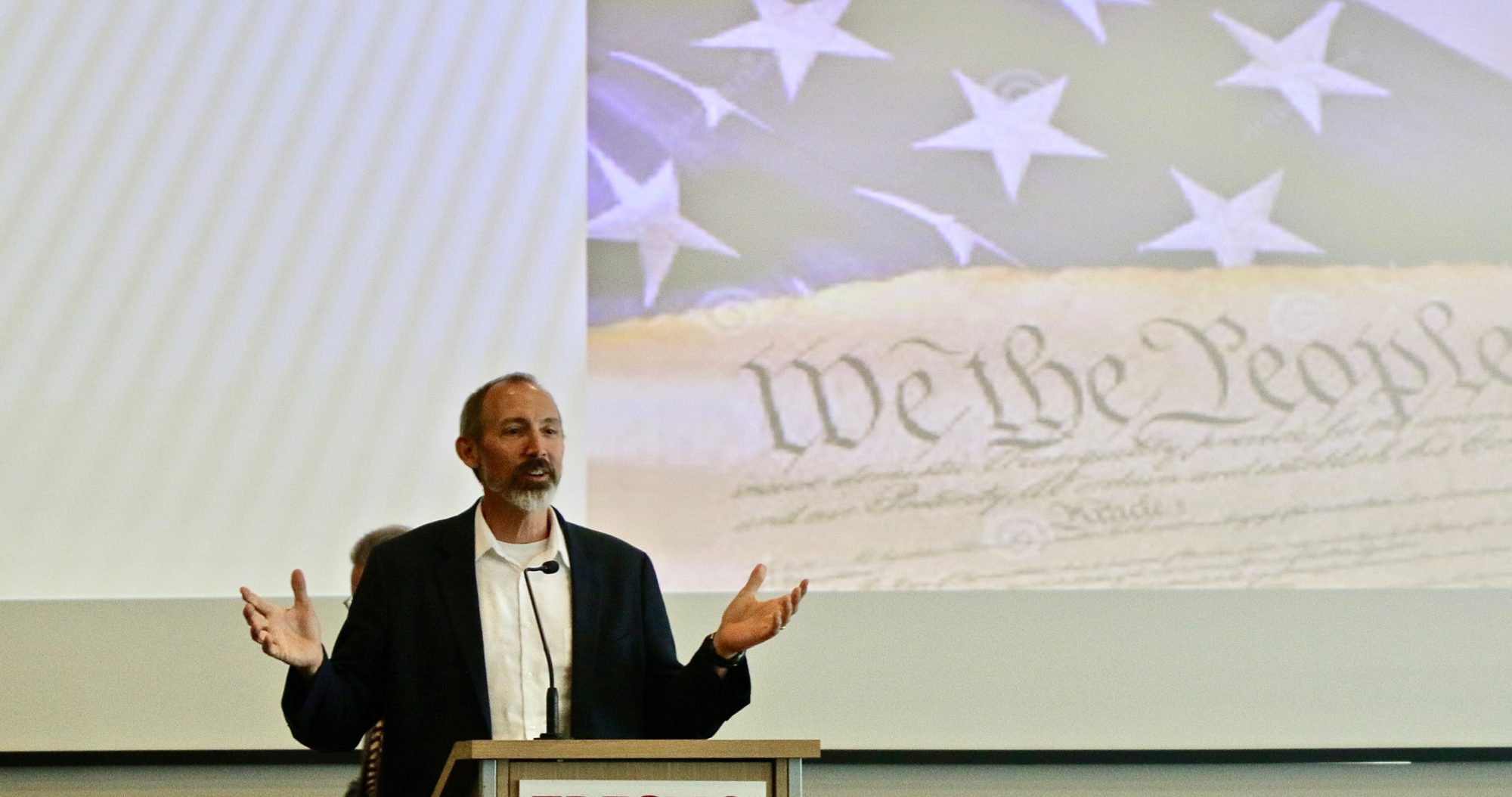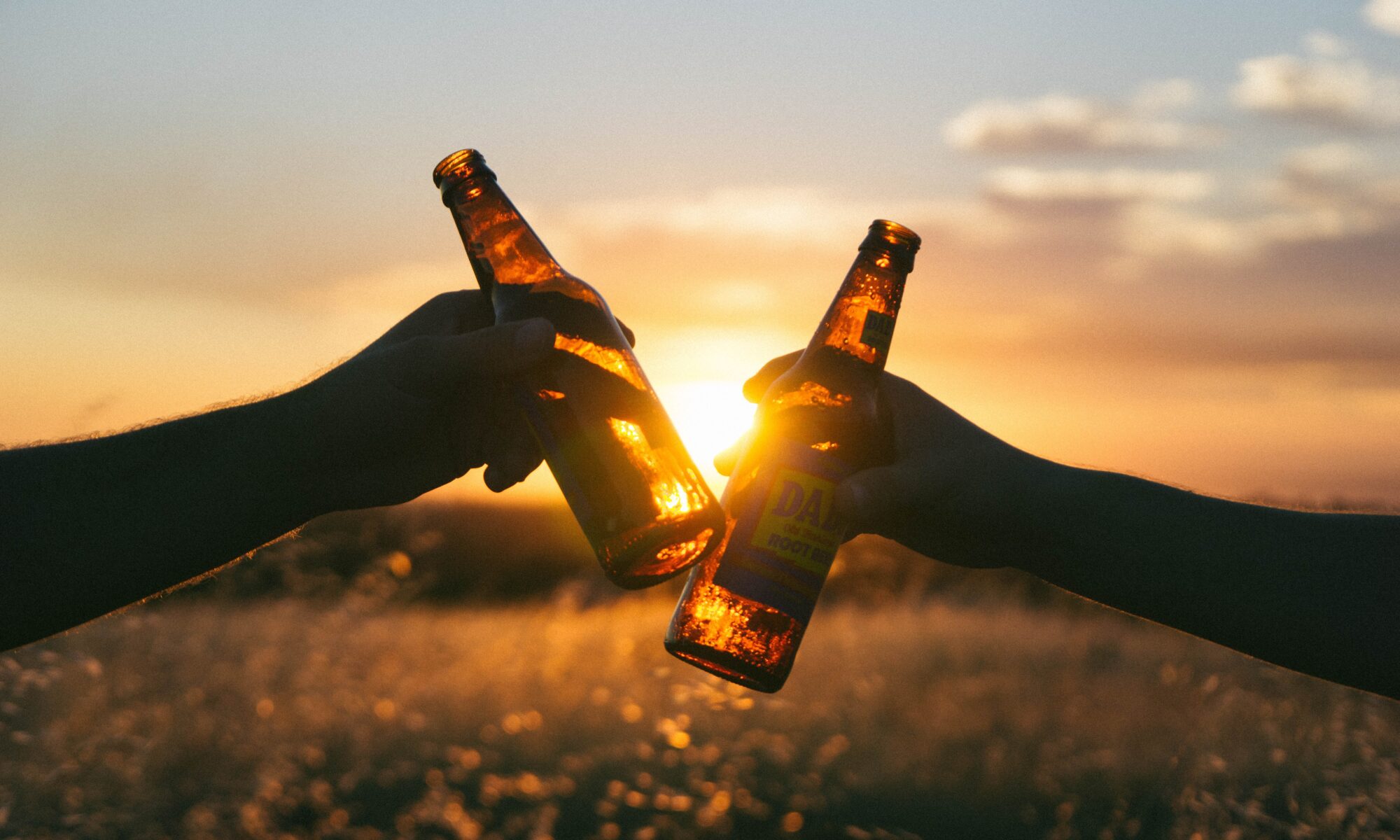You are what you eat, and what you drink—and who you eat and drink with. Food and drink are indicators of identity that link us to a peer group. Our food choices connect us to other people. They can also divide us.
Waffle House vs. Trader Joes
Could it be that the polarization in our country has something to do with the proliferation of food choices, and the tribal nature of our patterns of consumption?
When I was a kid, growing up in the Midwest, Americans ate “meat and potatoes.” There were far fewer choices of restaurants and commodities. White people in middle America in the 1970’s had never heard of a burrito (as shown to comedic effect in the new film Flamin’ Hot). But these days, we’ve got lots of choices, especially in big cities.
Our food options reflect certain dividing lines. Red-state America is a place of Cracker Barrels and Waffle Houses. The blue states have Trader Joe’s. The states with the most Cracker Barrels are Florida, Texas, and Tennessee. The states with the most Waffle Houses are Georgia, Florida, and North Carolina. Meanwhile, Trader Joe’s stores are primarily concentrated in California and the Northeast.
Red state people know what it means to say you want something “scattered, smothered, and covered” (a Waffle House recipe). Meanwhile, blue state folks joke about the fact that “Two Buck Chuck” (a Trader Joes staple) now costs more than two dollars. Neither understands what the other is saying.
These markers of identity can be benign, so long as we treat our differences with a sense of toleration. It’s a big country. And it’s kind of cool that there are still regional differences. Cheers to that!
Bud Light or IPA?
But things get ugly when taste becomes tribal.
Which leads us to the Bud Light boycott. The story begins with Bud Light trying to be inclusive. The company used a trans woman as a marketing ploy, trying to lure LGBTQ folks onto the Bud Light bandwagon. This angered the anti-LGBTQ crowd, who called for a Bud Light boycott. Apparently, some angry Bud Light fans even blasted cases of the beer with guns.
Bud Light lost market share, as right-wingers stopped drinking it. Costco is indicating that it might stop carrying Bud Light.
As this story was unfolding, I found it amusing. Who cares, I thought? And who drinks Bud Light anyway? In my peer group, no one drinks light beer. So, I was surprised to learn that before the boycott, Bud Light was the most popular beer in America. Who knew?
My response shows the problem. I’m an IPA guy. I like them dank and hoppy. Most of my peers share that taste.
But apparently, there is a whole world of people out there who do not share my tastes at all. Those folks live in a different eco-system than I do. The Bud Light crowd no doubt views me and my IPA loving friends as strangers. And the feeling is mutual.
Food and Personality
I’m not sure what the solution is. It’s not really possible to convince an IPA guy to love light beer, or the other way round. But it is interesting, from a philosophical perspective, to think about the role of food and drink in our lives.
All animals eat. But we are the only animals that make a ritual out of food. We establish prohibitions, rules of etiquette, and all kinds of cultural norms around food. Most of this is entirely arbitrary. It really does not matter whether you eat with a fork or chopsticks. But our rules and practices give shape to our lives. And as we become adults, we develop certain tastes.
These tastes are mostly the contingent result of environmental and cultural factors. My friends drink IPA, and so I’ve learned to love it. Or did it go the other way round? Maybe I have a taste for dank beverages and so tend to make friends with folks who share my taste? We don’t have to solve this chicken-or-egg problem in order to see that taste, identity, and culture are deeply intertwined.
Now some psychologists suggest a deeper kind of link. Some studies purport to show that “sweet” people prefer sweet foods, and that bitter food is preferred by people with bitter personalities. The link between food and personality has been remarked throughout history. Porphyry, a philosopher of the 3rd Century, suggested that simple, light, vegetarian food helped to liberate the soul from the body. He warned that tyrants are produced by “those who feed upon flesh.” He cited the teachings of the ancient Pythagoreans, who held that a vegetarian diet tended to produce gentleness, kindness, and philanthropy.
Tolerating our Differences
But this reductive focus on cuisine is silly. Hitler was a vegetarian—as the anti-veg crowd likes to say. And meat-eaters can be kind. And it’s just dumb to claim that people who prefer sweet food are somehow sweeter than those who prefer bitter. Our personalities, cultures, and tastes are way more complicated than that.
Friedrich Nietzsche once blamed the heaviness of German culture on the overconsumption of beer. He said that beer caused the spirit to fall into “soft degeneracy.” One wonders what Nietzsche might say about the difference between Bud Light and IPA. Does light beer tend to make you politically conservative? Does IPA turn you into a liberal hipster? These questions are silly, of course. Human life cannot be reduced to any single choice or taste.
And if we realize that, maybe we can develop a bit more tolerance. The Trader Joe’s tribe is not superior to the Cracker Barrel crowd. We eat what we have learned to eat. Taste is determined to a large extent by our peers. We don’t choose our food, our politics, or our personalities out of the blue. We are influenced by culture, marketing, and economics.
So, it is wise to stop judging others. We find ourselves thrown into a world beyond our control. Our tastes differ. So what? As long as a person is kind, who cares what they eat? If a person is a jerk, it doesn’t matter what they drink. This is a big complicated country. So let’s toast our differences, with the beverage of our choice.


